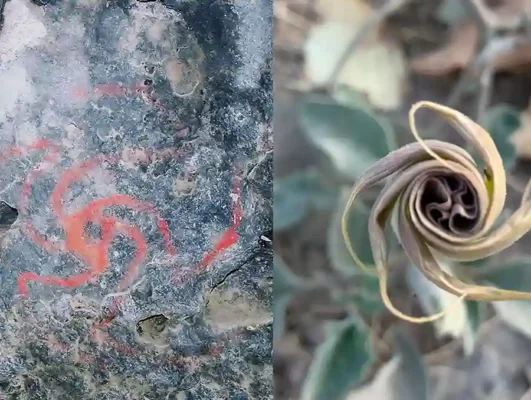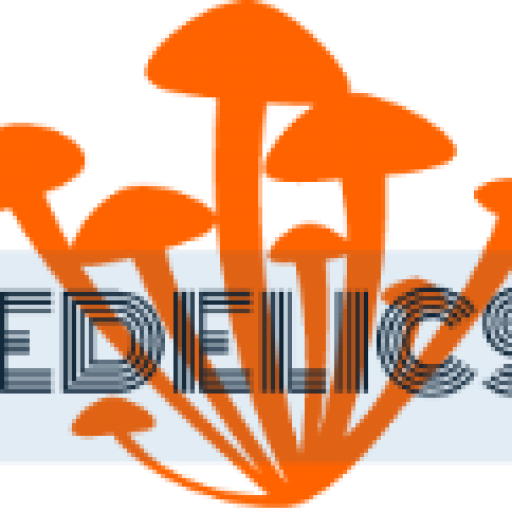Uncategorized
Native American Psychedelics: Exploring the Rich History and Culture
Native American Psychedelics: Exploring the Rich History and Culture
Native American culture has a rich history of using natural plants and fungi for medicinal and spiritual purposes. These substances, also known as psychedelics, have been used by Native Americans for thousands of years as a way to connect with the spiritual world and gain insight into their lives. In this blog post, we will explore the various psychedelics used by Native American tribes, their cultural significance, and their role in modern-day society.
Psychedelics in Native American Culture
Psychedelics have played a significant role in Native American culture for thousands of years. They were used in various ceremonies, rituals, and healing practices. The use of psychedelics was not seen as a recreational activity but as a way to connect with the spiritual world and gain insight into one’s life.
The most common psychedelics used in Native American culture include Peyote, Ayahuasca, and Psilocybin mushrooms.
Peyote
Peyote is a small, spineless cactus that grows in the deserts of Mexico and the southwestern United States. The use of Peyote has been documented in Native American culture for over 5000 years. Peyote is used in the Native American Church as part of their religious ceremonies. The active ingredient in Peyote is mescaline, which produces a hallucinogenic effect that lasts for several hours. Peyote is known for its ability to provide spiritual insights, enhance creativity, and promote feelings of love and empathy.

Ayahuasca
Ayahuasca is a brew made from two plants, Banisteriopsis caapi and Psychotria viridis, that grow in the Amazon basin of South America. Ayahuasca has been used in shamanic healing rituals for thousands of years by indigenous tribes in South America. Ayahuasca is known for its powerful psychedelic effects, which can last for up to 8 hours. The active ingredient in Ayahuasca is DMT, which is a powerful hallucinogen that produces intense visual and auditory experiences. Ayahuasca is used to connect with the spiritual world, gain insights into one’s life, and heal emotional and physical ailments.
Psilocybin Mushrooms
Psilocybin mushrooms, also known as magic mushrooms, are a type of fungi that grow in various parts of the world. Psilocybin mushrooms have been used in Native American culture for thousands of years. They were used in spiritual ceremonies and were believed to have healing properties. Psilocybin mushrooms contain psilocybin, which is a powerful hallucinogen that produces intense visual and auditory experiences. Psilocybin mushrooms are known for their ability to provide spiritual insights, enhance creativity, and promote feelings of love and empathy.
The Cultural Significance of Psychedelics
The use of psychedelics in Native American culture has a deep cultural significance. Psychedelics were used in ceremonies to connect with the spiritual world, gain insights into one’s life, and heal emotional and physical ailments. Psychedelics were also used as a way to communicate with ancestors and gain wisdom from the natural world.
The use of psychedelics was not seen as a recreational activity but as a way to connect with the spiritual world and gain insight into one’s life. Psychedelics were used in a controlled environment and were always accompanied by experienced practitioners.
Psychedelics in Modern Day Society
The use of psychedelics in modern-day society has gained popularity in recent
years as research has shown their potential therapeutic benefits for mental health disorders such as depression, anxiety, and addiction. Psychedelic-assisted therapy has shown promising results in clinical trials, with some studies reporting up to 80% of participants experiencing significant reductions in symptoms.
In 2021, the U.S. Food and Drug Administration (FDA) granted Breakthrough Therapy designation to MDMA-assisted therapy for post-traumatic stress disorder (PTSD) treatment, which means that the therapy may show significant improvement over existing treatments and will undergo expedited development and review.
The use of psychedelics in modern-day society has also sparked debate about cultural appropriation and the ethical considerations of using traditional medicines outside of their cultural context. It is important to acknowledge and respect the cultural origins and significance of these substances while also recognizing their potential therapeutic benefits in a modern-day context.
Conclusion
Native American psychedelics have a rich history and cultural significance that continues to be celebrated and honored today. The use of these substances was not seen as a recreational activity but as a way to connect with the spiritual world and gain insight into one’s life. The potential therapeutic benefits of psychedelics in modern-day society have sparked interest and research, with some studies showing promising results for mental health disorders. It is important to acknowledge and respect the cultural origins and significance of these substances while also recognizing their potential therapeutic benefits in a modern-day context.



